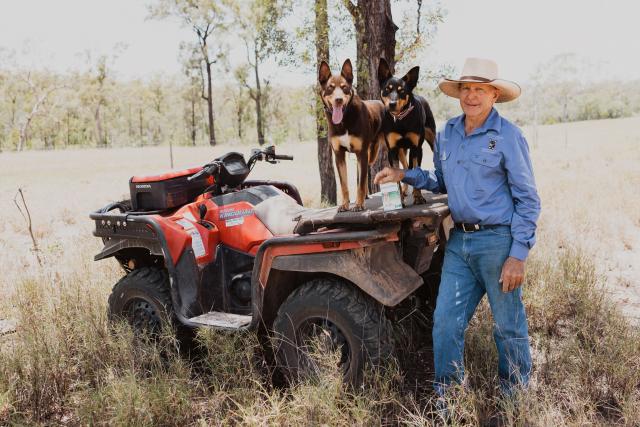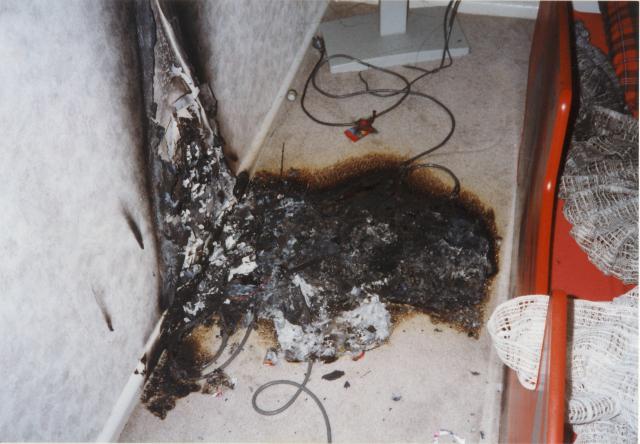Frank Finger, winner of the ABC’s Muster Dog program, has been training working dogs for over 20 years on his Clermont, Queensland property.
His passion for training working dogs is shared through his training schools which attract owners, breeders, and the next generation of trainers.
With more than 270,000 stock-herding dogs across rural Australia, the importance of working dogs to Australian farmers and property owners cannot be underestimated.
This importance is also reflected in the strong sale prices of fully-trained working dogs, with some setting eye-watering auction records.
Farmers are well-aware that a well-trained dog provides benefits to a farm well beyond its sale price.
Preferring to train dogs from puppyhood, Frank is a big believer in starting small in all facets of a dog’s training. Below, Frank shares his tops tips on training working dogs and working them towards their natural instincts.
Nurture to Nature
From birth, Frank says it’s essential to nurture working dog pups through their early weeks and look after them with nourishing food and ensure they’re de-wormed.
“At six weeks pups are weaned and at nine weeks I start short bursts of training,” said Frank.
“The initial training is all about showing them what to do until their instincts come out.”
Forming a Bond
As small and cute as they are, Frank notes it’s important to bond with them, but not too much until they are working.
“If too much bonding occurs before they’re working, they can become accustomed to it and come to expect it too much later on,” said Frank.
“There should be care, but I make sure I don’t become too close to them.”
Think Small
When starting with pups, Frank encourages those training working dogs to think small.
Training a small pup should incorporate small livestock such as goats or even ducks, while training should be limited to short periods.
“You don’t want to overwhelm a small pup,” said Frank.
“Training time and size of livestock can increase over time as the dogs grow. Once the dog is nine months of age we increase the cattle size and the number of them in the yard.”
Line of Sight
Frank notes that one often overlooked aspect of training working dogs is that a dog’s line of sight extends no higher than a trainer’s knee when in close proximity.
This is especially true for pups.
“Remembering the dogs’ eye level when training them is important,” said Frank.
“This is why we use a plastic garden rake to act as an extension of our arm and ensure we’re in their line of sight. The rake is also used as an indicator to get the dogs to stay next to the trainer and not move in front.”
Simple commands
Once trained, Frank notes well-bred working dogs will work instinctively.
“Once the dogs are older, the rake can be replaced by calling their name if they get ahead of you. From there, it’s best to develop a good call with them that doesn’t include too many commands. Keep it short and simple.”
Benefits of a healthy dog
Frank appreciates a well-trained dog has to be healthy to fulfill their potential. Prevention is better than cure and Frank uses a once a month chewable, to protect his dogs against heartworm disease and provide treatment and control of fleas, ticks and intestinal worms.







